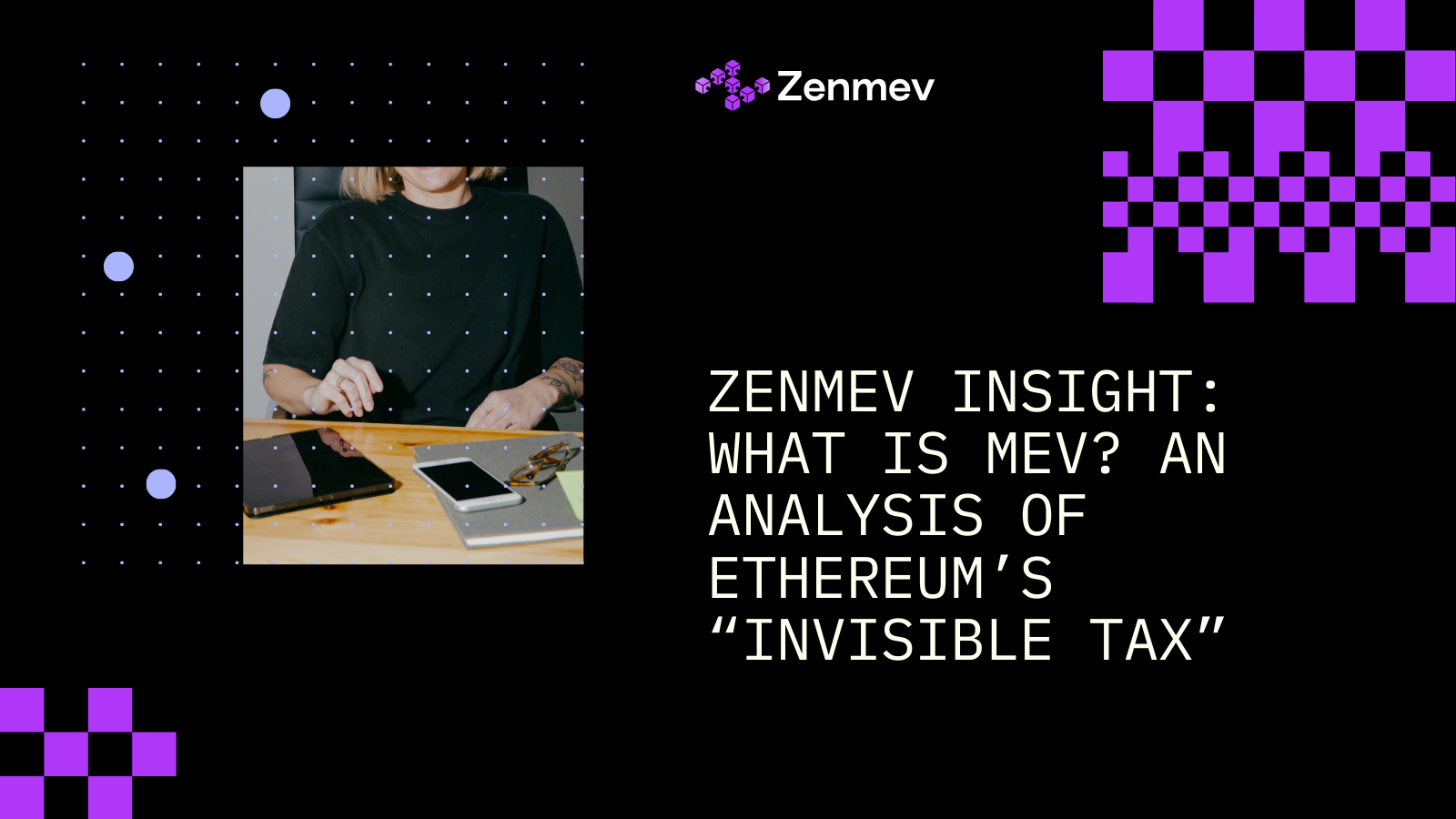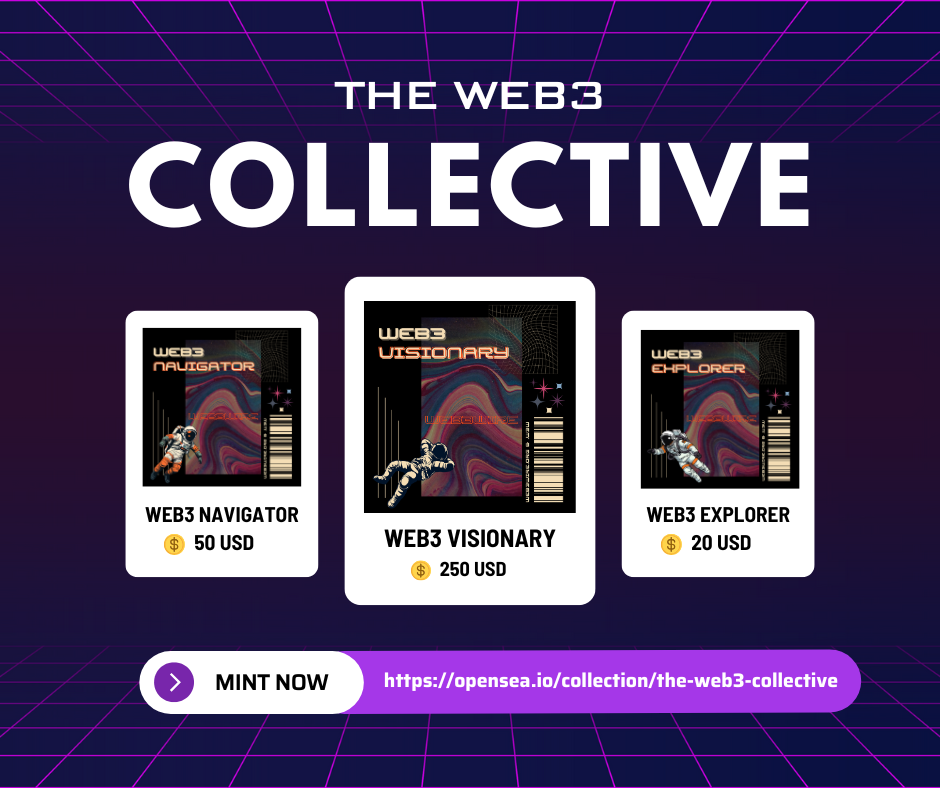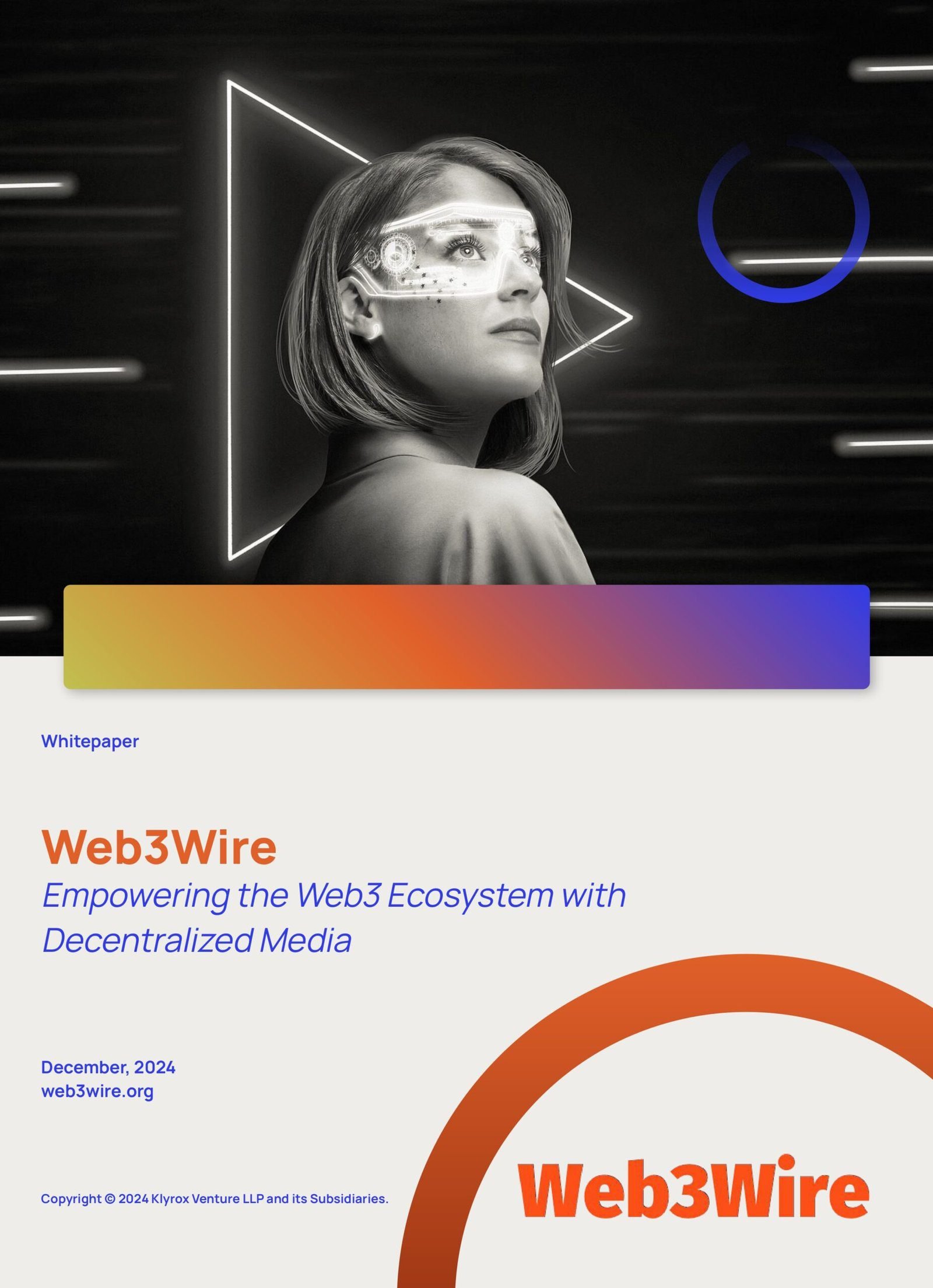As the Cryptocurrency Ecosystem and DeFi Grow, New Technical Challenges and Opportunities Emerge
LONDON, UK / ACCESSWIRE / October 29, 2024 / Among these, MEV (Maximum Extractable Value) has become one of the most significant challenges facing smart contract blockchains like Ethereum. MEV refers to the way block producers extract value from users by rearranging, inserting, or censoring transactions within a block. ZENMEV is deeply analyzing these MEV issues, offering new strategies to protect and efficiently manage user assets.

What is MEV?
MEV represents opportunities for block producers to generate additional revenue by changing the order of transactions within a block. This allows them to extract significant value from the DeFi ecosystem. MEV is used in various strategies, including front-running, sandwich attacks, and back-running, which can cause users to incur unexpected additional costs. Notably, in 2024, it has been reported that MEV activities have extracted over $700 million in value from Ethereum users.
Main Types of MEV
Front-Running: A strategy where a transaction is placed ahead of a target transaction to adjust prices advantageously. This mainly occurs in DEXs (decentralized exchanges), where bots pay higher fees to ensure their transactions are processed before the target’s.
Sandwich Attack: A method in which the attacker places transactions before and after the target transaction, adjusting prices to secure additional profit from the target transaction.
Back-Running: A strategy that involves placing a transaction immediately after a specific trade, commonly used when new token pairs are listed on a DEX.
MEV Challenges and ZENMEV’s Response
MEV acts like an “invisible tax” on Ethereum users, contributing to network congestion and higher fees. This degrades the user experience and undermines trust in blockchain decentralization. To address these MEV issues, ZENMEV has introduced the Zenbots staking system, a model that redistributes MEV profits back to users. ZENMEV fosters a secure environment where users can participate in MEV profits, supporting asset safety through additional protection mechanisms and user education.
Changes in MEV After the Transition to Proof of Stake (PoS)
With Ethereum’s shift from Proof of Work (PoW) to Proof of Stake (PoS), the MEV landscape has undergone significant changes. Now, validators, rather than miners, have the authority to adjust transaction order. The new PoS structure not only enhances network scalability and stability but also gives validators legitimate opportunities to optimize MEV profits. ZENMEV is actively leveraging these structural changes, continuing research on the PBS (Proposer/Builder Separation) approach, which allows validators to handle MEV more efficiently and fairly.
ZENMEV’s Role and Future Outlook
ZENMEV views MEV activity as having a positive impact on DeFi market growth and aims to provide users with a stable and secure MEV profit model through staking solutions like Zenbots. By increasing transparency around MEV and offering a platform that users can trust within the DeFi ecosystem, ZENMEV plans to deliver tangible benefits to its users.
ZENMEV will continue to develop innovative and secure solutions to address MEV challenges, maximizing the protection and profitability of user assets.
Contact Details –
Company name – ZENMEV
Email: [email protected]
Website: https://zenmev.com
SOURCE: ZENMEV

















